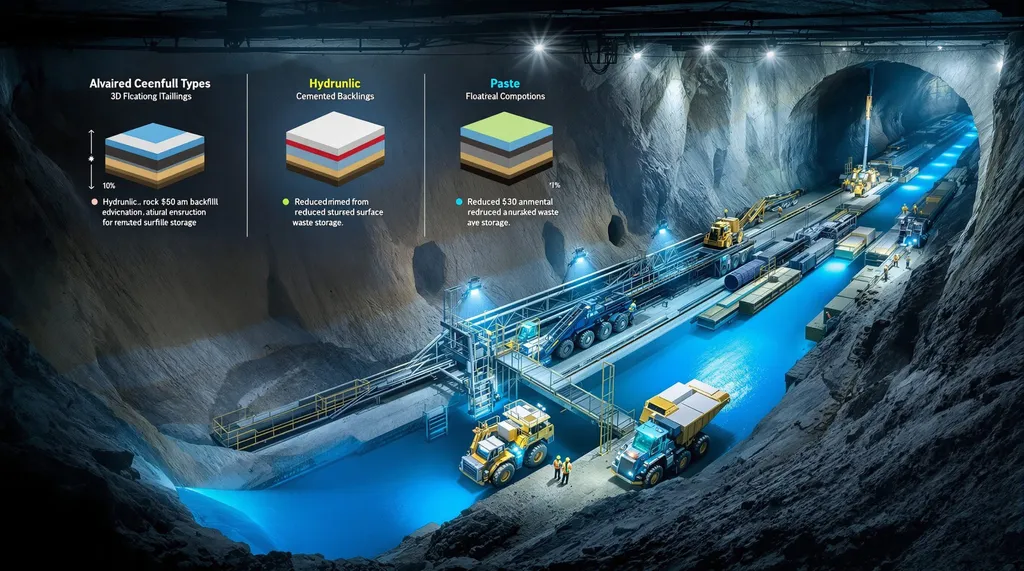In the heart of environmental remediation, a novel approach to containing acid mine drainage (AMD) is making waves. Researchers have developed an innovative soil–cement–bentonite (SCB) backfill, amended with carboxymethyl cellulose (CMC) and slag, which could revolutionize the way we handle AMD-contaminated sites. This breakthrough, published in *Geomechanics and Geophysics for Geo-Energy and Geo-Resources*, offers a promising solution to the lateral migration of AMD leachate, a significant environmental concern.
The study, led by Hao Lin from the Fujian Provincial Key Laboratory of Eco-Industrial Green Technology at Wuyi University, initially determined the optimal slag-to-cement ratio for the amended backfill. The team found that a ratio of 8:2, referred to as G8SCB backfill, provided the best results. This amended backfill demonstrated a denser and more homogenous microstructure, with abundant ettringite and C-(A)-S-H formation, as revealed by scanning electron microscopy.
One of the most striking findings was the significant reduction in hydraulic conductivity. The G8SCB backfill exhibited a hydraulic conductivity to AMD leachate that was one order of magnitude lower than that of the unamended SCB backfill. “The hydraulic conductivity of G8SCB to AMD leachate was 4.2 × 10−10 m/s, compared to 5.9 × 10−9 m/s for SCB,” Lin explained. “This is a substantial improvement, making G8SCB a promising candidate for constructing cutoff walls in AMD-contaminated sites.”
The implications for the agriculture sector are substantial. AMD contamination can render land unusable for farming, but effective containment strategies like this new backfill could help reclaim and rehabilitate affected areas. “This technology could potentially make a significant difference in agricultural productivity and food security in regions affected by AMD,” Lin added.
The study also highlighted the superior chemical compatibility and mechanical reliability of the G8SCB backfill, along with its reduced carbon footprint. These attributes make it an attractive option for environmental remediation projects, offering a more sustainable and effective solution to AMD containment.
As we look to the future, this research could shape the development of new materials and techniques for environmental remediation. The success of the G8SCB backfill demonstrates the potential of innovative materials science in addressing complex environmental challenges. With further research and development, we could see even more effective and sustainable solutions emerging, paving the way for a cleaner, healthier environment.

